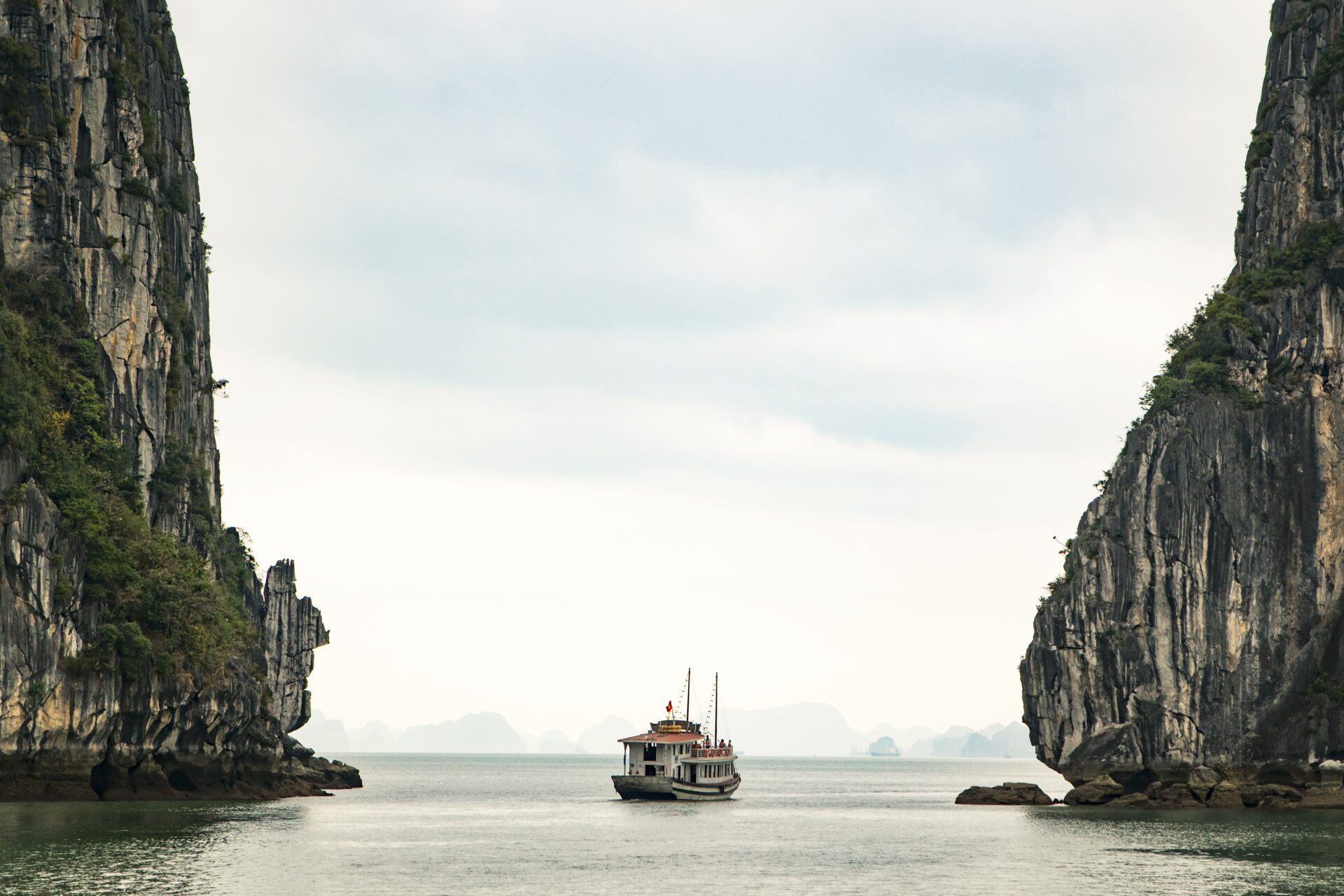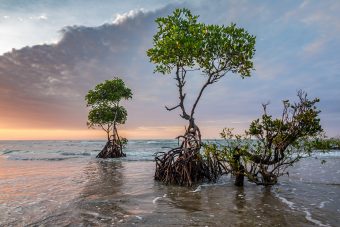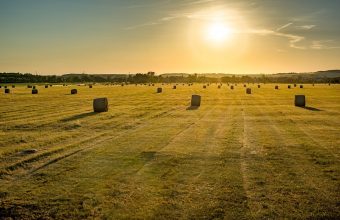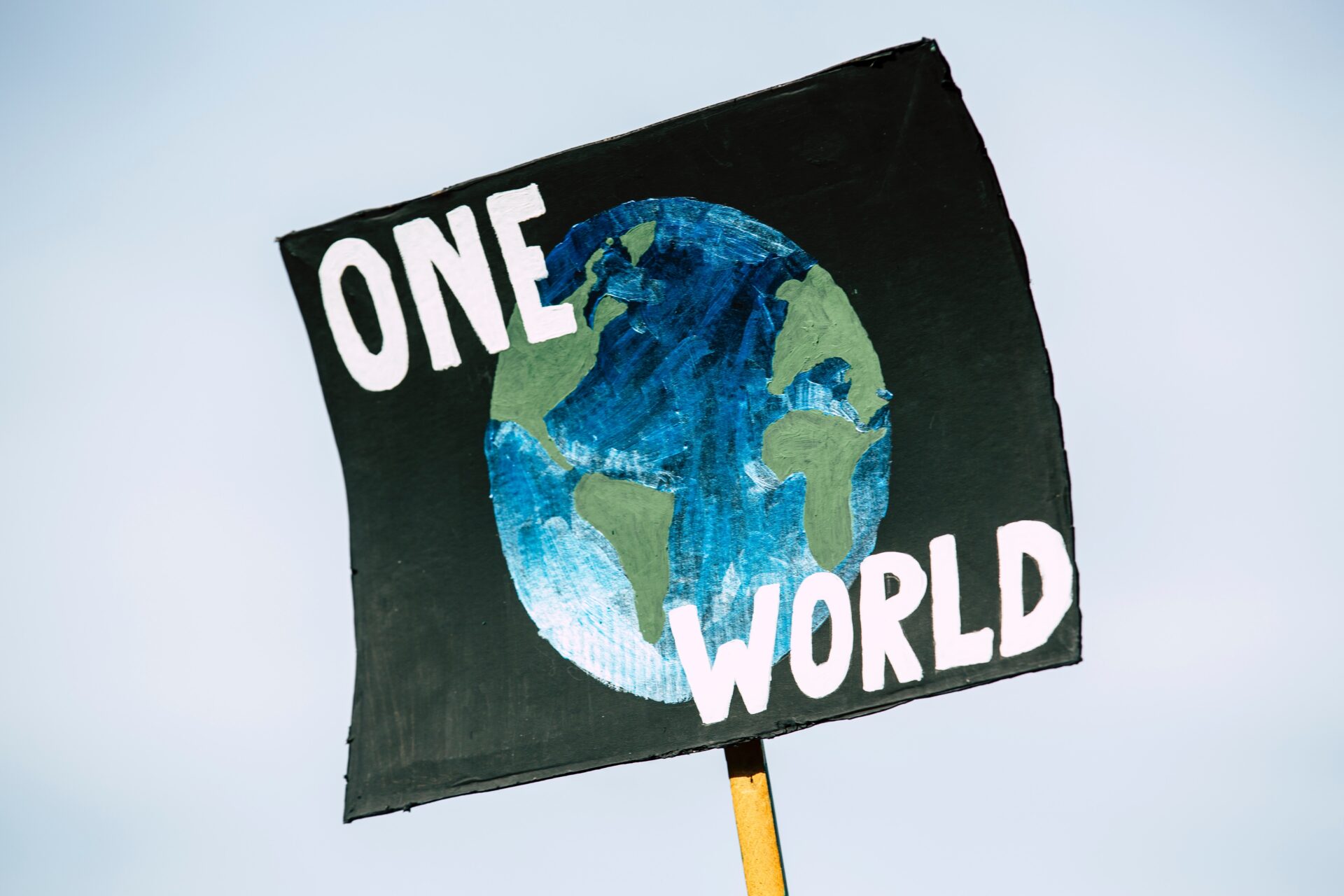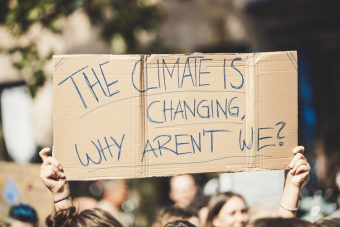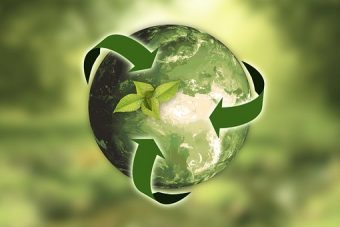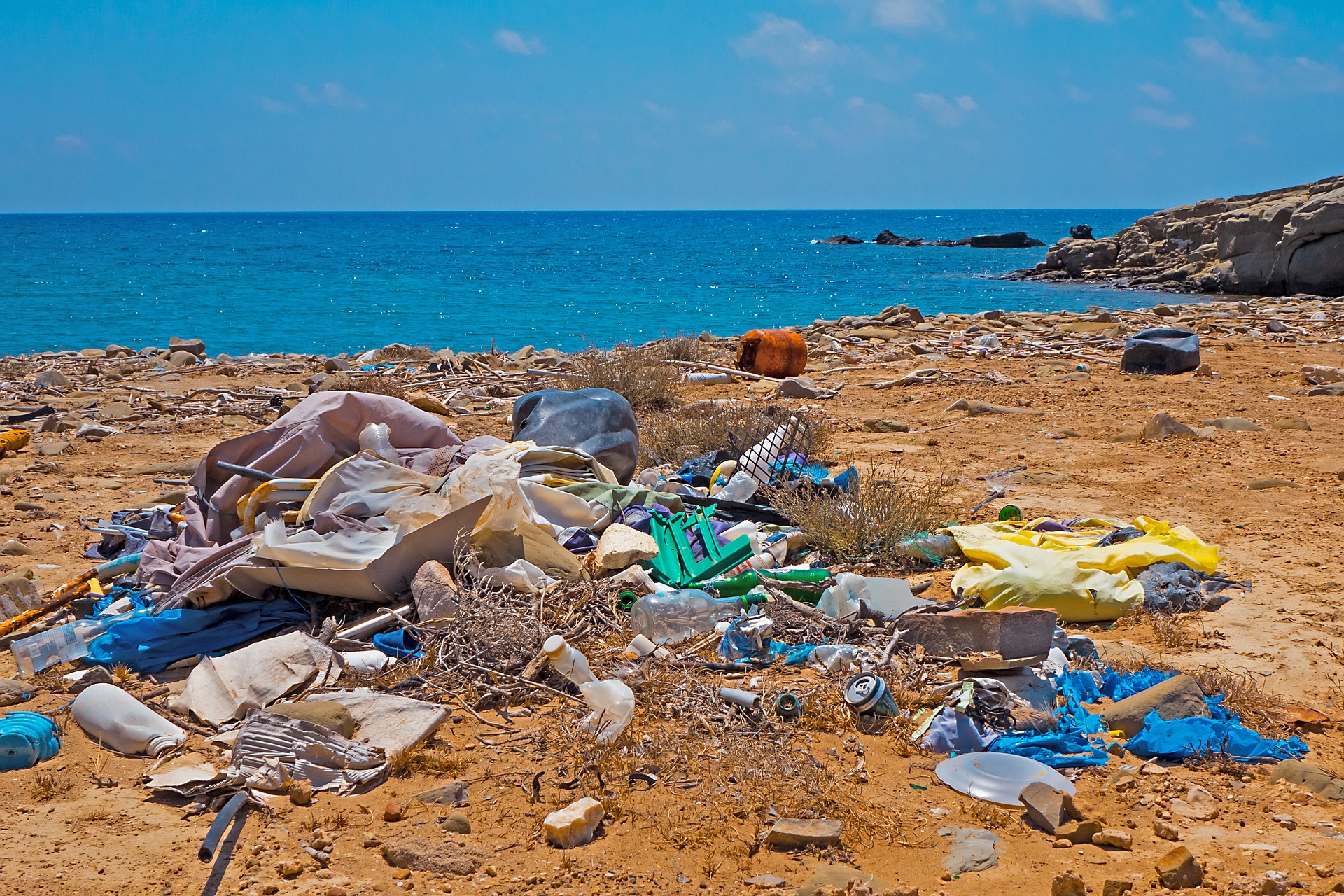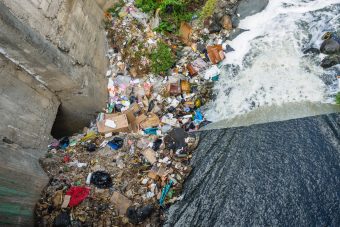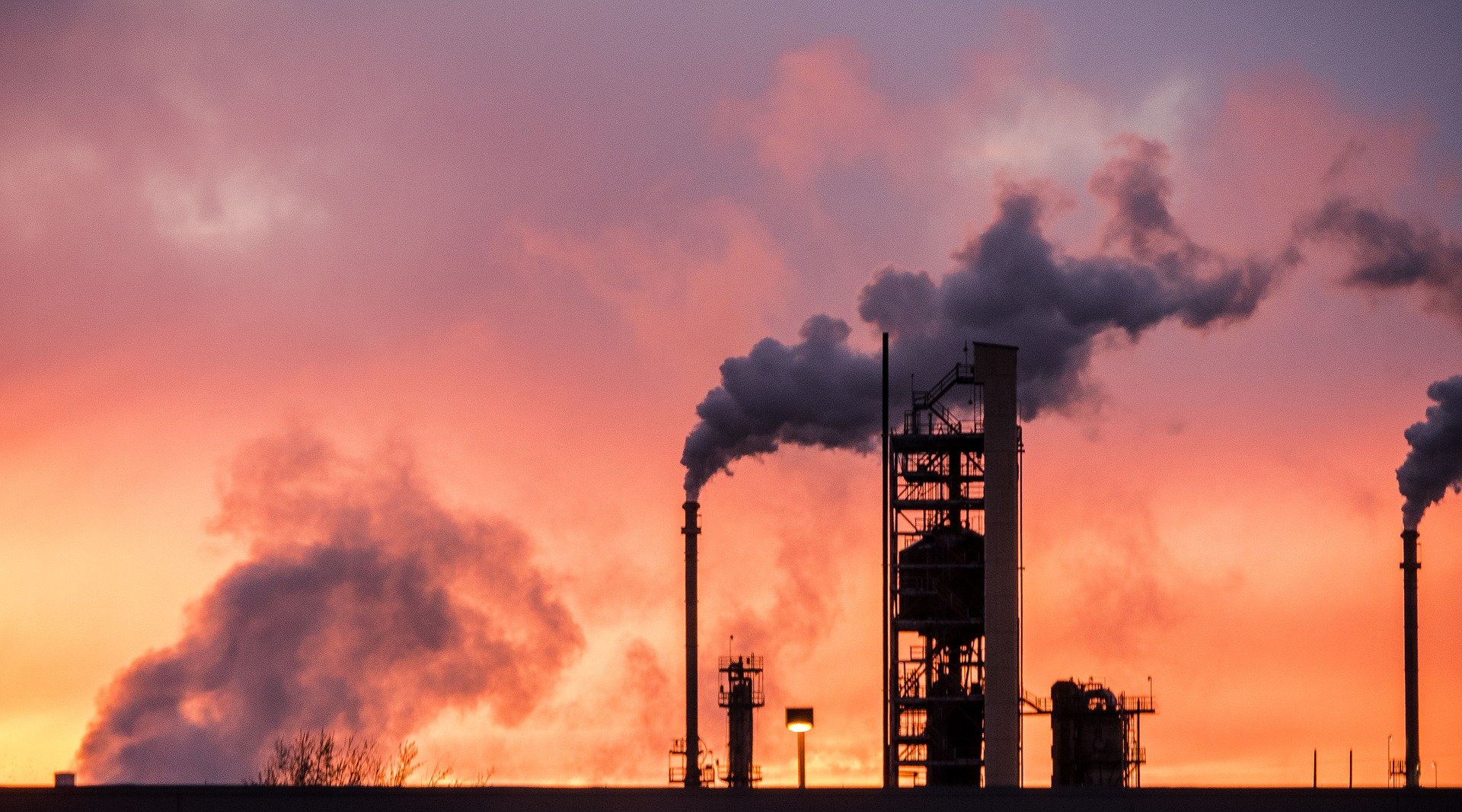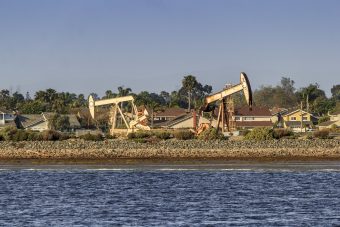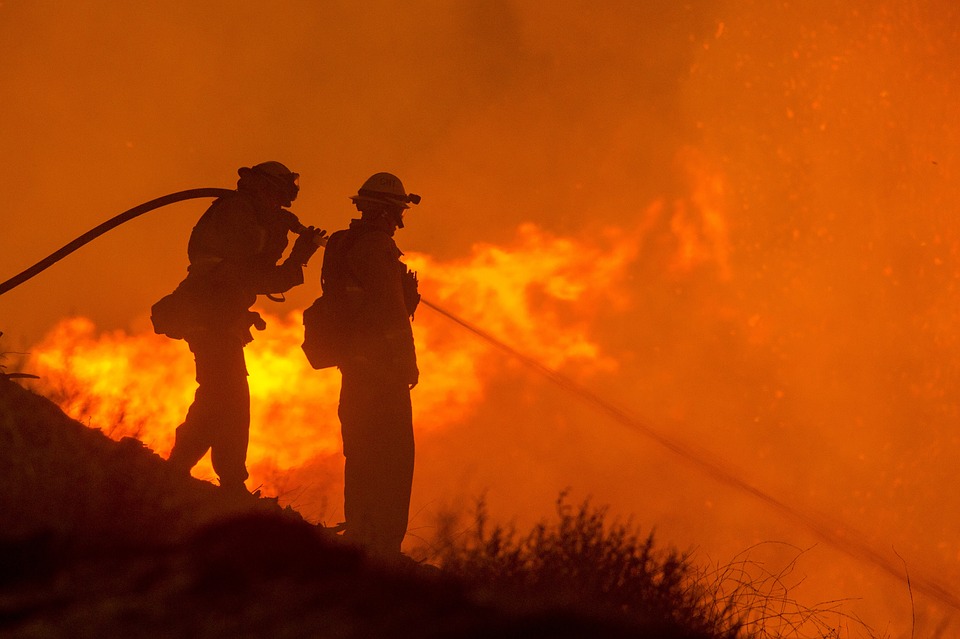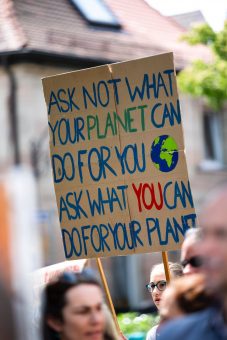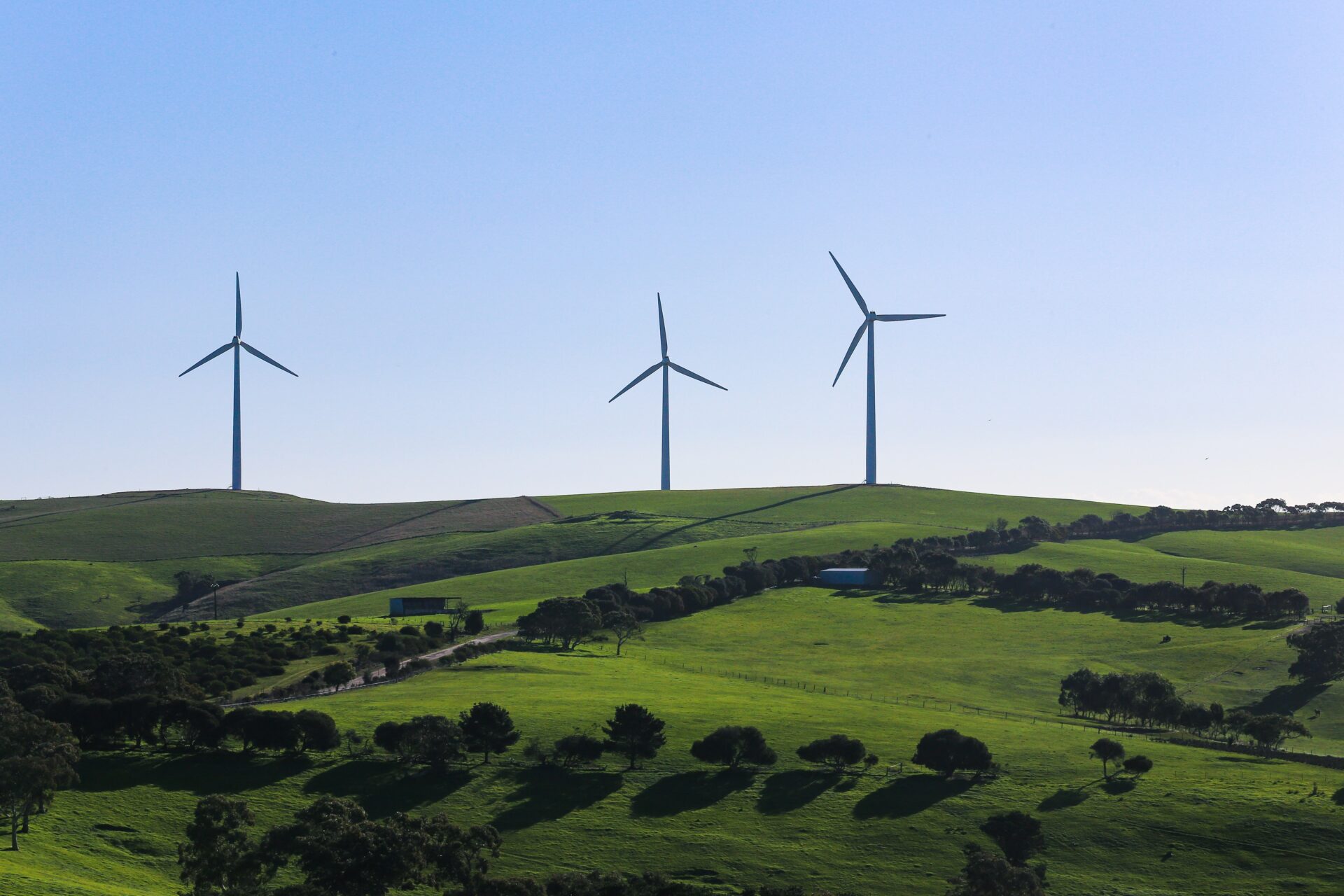
Prime Minister Mette Frederiksen of Denmark will head a new high-level global commission that will examine ways to ensure people are at the centre of clean energy transitions around the world.
The new initiative – Our Inclusive Energy Future: The Global Commission on People-Centred Clean Energy Transitions – was convened by Dr Fatih Birol, the International Energy Agency’s Executive Director, and will be chaired by Dan Jørgensen, Denmark’s Minister of Climate, Energy and Utilities. Prime Minister Frederiksen will be the honorary patron.
The commission’s members will include Prime Minister Mark Phillips of Guyana; Teresa Ribera, Vice President and Minister for the Ecological Transition of Spain; Seamus O’Regan, Minister of Natural Resources of Canada; Arifin Tasrif, Minister of Energy and Mineral Resources of Indonesia; Rocío Nahle García, Secretary of Energy of Mexico; and Sophie Gladima, Minister of Petroleum and Energy of Senegal. The full list of members to date is available below. The commission will provide key recommendations based on its work ahead of COP26 in November.
As countries seek to advance their shifts to clean energy technologies, the success of these efforts will rest on enabling citizens to benefit from the opportunities and navigate the disruptions. This includes social and economic impacts on individuals and communities, as well as issues of affordability and fairness.
The new commission will explore these questions in depth, taking into account the need to see people as active participants in clean energy transitions – in collective decision-making and through individual actions and behaviours. Equity and inclusion issues will also be examined, including gender equality.
More:
“Clean energy transitions are gaining significant momentum around the world, and it is essential to their success that they be inclusive and centred around people,” said Dr Birol. “Many countries are now focusing on this issue and seeking opportunities to exchange ideas and advice. The high-level members of our Global Commission on People-Centred Clean Energy Transitions will lead a global dialogue to share experiences and enhance best practice.”
“Denmark has already shown clear global leadership on this issue, and that is why I am delighted and honoured that Prime Minister Frederiksen has agreed to be the Honorary Patron of the Commission and that Minister Jørgensen has agreed to chair it,” Dr Birol added.
“I am very pleased to see that the IEA, under the leadership of Dr Fatih Birol, has been strengthening its focus on green energy transition and now on just transition. Therefore, I am proud to lead the work in this new global commission and thereby help to ensure a just transition to more renewable energy around the world. International collaboration as well as social fairness is at the heart of the Danish government,” said Mr Jørgensen.
“This new commission is an important contribution to secure an inclusive global energy system and putting people at the heart of clean energy transitions. We have to act now to fight the climate changes, but we will only succeed if we are able to inspire and include people in a socially balanced way,” Mr Jørgensen added.
Additional members of the commission are expected to be announced soon.
Source: IEA







